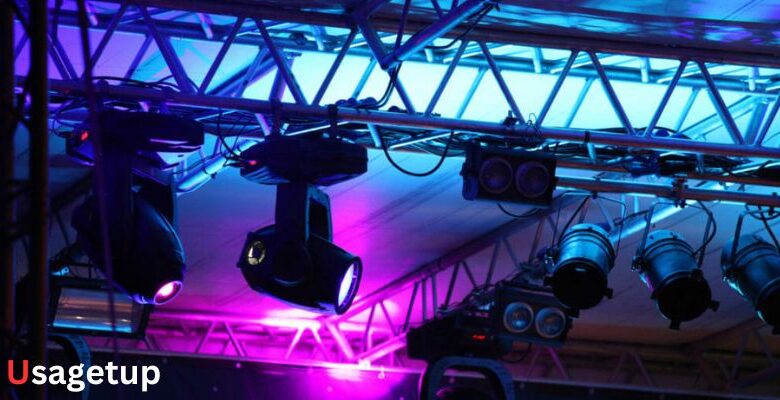Types of Stage Lights

Stage lighting is a crucial element in theater, concerts, film, and other performances, significantly enhancing the visual experience and mood. Various types of stage lights serve different purposes, and understanding their functions can help in creating the desired atmosphere. Here’s a comprehensive guide to the types of stage lights:
1. Spotlights
Spotlights are powerful, focused lights that illuminate a specific area or performer on stage. They are used to highlight important actions or actors, drawing the audience’s attention to a particular part of the performance.
- Follow Spots: These are manually operated spotlights that can follow a performer across the stage.
- Profile Spots: These provide a sharp-edged beam and are often used with gobos (stencils) to project shapes or patterns.
2. Floodlights
Floodlights provide broad, even illumination, covering large areas of the stage. They are used for general lighting and to wash the stage with color.
- PAR Cans (Parabolic Aluminized Reflector): These are simple, versatile floodlights often used for creating rich, colored washes.
- Scoops: These provide a wide, soft-edged beam, perfect for covering large areas without harsh shadows.
3. Fresnels
Named after the Fresnel lens, these lights offer a soft-edged beam that can be adjusted from a narrow to a wide focus. They are ideal for creating a soft wash of light and are often used to light specific areas of the stage or to provide a gentle backlight.
4. Ellipsoidal Reflector Spotlights (ERS)
ERS lights, also known as lekos, produce a sharp, highly controlled beam of light. They are used for precise lighting tasks, such as highlighting a specific actor or area with minimal spill. They often feature shutters for shaping the beam and can hold gobos for pattern projection.
5. Strip Lights and Border Lights
These are multi-lamp fixtures arranged in a row, often used to light the stage from the sides, above, or below. They are perfect for creating a smooth wash of light and for adding color to the stage.
6. Moving Lights
Also known as intelligent lights, moving lights can be programmed to move, change color, and alter their beam shape and intensity. They offer great flexibility and are commonly used in concerts and large productions for dynamic lighting effects.
- Moving Head Lights: The entire head of the light moves to direct the beam.
- Moving Mirror Lights: A mirror moves to reflect the light beam, allowing for quick, precise movements.
7. LED Lights
LED stage lights are energy-efficient and versatile, capable of producing a wide range of colors without the need for gels. They are available in various forms, including PAR cans, strip lights, and moving heads, and are popular for their low power consumption and long lifespan.
8. House Lights
These are the lights that illuminate the audience area. While not part of the stage lighting, they play a crucial role in the overall experience, providing visibility for the audience before and after the performance.
Conclusion
Each types of stage light has unique characteristics and uses, contributing to the overall visual impact of a performance. Understanding these different lights allows lighting designers to create effective, dynamic, and engaging lighting designs that enhance the storytelling and emotional impact of the production.





